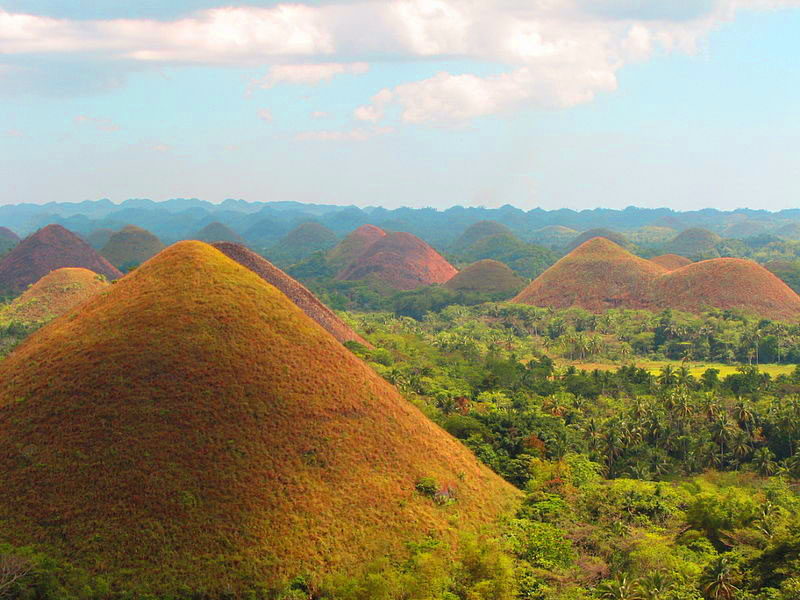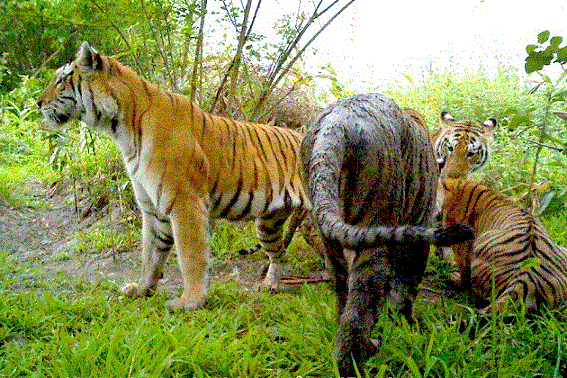In the north east state of Manipur in India lies a true floating heaven, Loktak lake. The only lake in the world to house a floating bio-diversity and the only floating national-park in the world, Keibul Lamjao National Park. In this heaven on earth resides a magnificent and beautiful deer, named Sangai. It is one of the most localized and endangered mammal species of the current time. Sangai with its unique characteristics make this heaven lively and more beautiful. But such a blessing of nature on the threat of destruction due to we humans today! Let’s find out more this unique species first.
Sangai is the local name of the beautiful deer, the official English name is Manipur Brow-antlered Deer. The scientific name of the species is Rucervus eldi eldi McClelland. It is the a sub-species of the Eld’s Deer, found only and only in the floating lake of Manipur.
‘Sangai’ is derived from Manipur’s local language. ‘Sa’ means animal and ‘ngai’ means ‘waiting while looking on’. This name is given to the animal for the posture adopted by the animal while running. The deer, mainly the males, stops momentarily and suddenly after running some distance and again begins running as if the animal is eagerly waiting for someone. For this peculiar running style, the deer is also known as ‘Dancing Deer’, coined by famous naturalist E.P. Gee. The offiicial name Brow-antlered Deer is derived from the deer’s very distinctive antler. The antlers normally grows over a meter in length with extremely long brow tine, hence the name.
Sangai has an important role in Manipur’s local tribes residing around the loktak lake. Till just a few decades back, the hunters took pride in adorning the heads with magnificent antlers in their village houses to signify the skill and accomplishment of the tribe. Though known locally before, the deer species was officially discovered by British officer, Lt. Percy eld in the year 1839. The scientific name of deer was later coined in honour of the officer in 1844.
The marshy wetland in the Keibul Lamjao National Park is the only habitat of the Sangai in this world. It is small park covering an area of 40 sq km. But the Sangai’s range is even smaller covering only 15-20 sq km of the park, making it one of the most localized sub-species in the world.
Because of Sangai’s traditional value, the deer was very zealously protected by the kings of Manipur till 20th century. But once British took over the regime, local and british hunters killed the elegant deer mercilessly. During few decades, it almost vanished from the loktak lake. In 1950, the brow-antlered deer was regarded as extinct. But in 1953, E.P. Gee took pain to locate the deer at Keibul Lamjao. Some serious efforts were taken to revive the rare species. In 1954, an area of around 20 sq miles was declared as sanctuary to save the Sangai. In i977 the sanctuary was declared as a National Park.
In 1959 E. P. Gee first conducted a survey on the ‘Dancing Deer’, as he named. Taking various samples, he estimated the total population of the species as around 100. A devastating flood in 1966 wiped away many deer lives bringing the Sangai population even lower. In 1972 a rough survery done by naturalist M. K. Ranjitsinh, the population was estimated as just 50. Ranjitsinh again did a more sophisticated survey in 1975. At the height of the dry season, he surveyed the whole Keibul Lamjao park with a helicopter. Flying at just 100 to 300 feet high from the ground, the aerial survey provided a surprising number, 14. 5 stags, 6 hinds and 3 fawns, probably the rarest mamal of that time. In 1977, Ranjitsinh did another aerial survey to find a number of 18. These records were shock to the authorities and strict measurements were taken after 1977, also declaring the area as national park. Census conducted by the Forest Department later times in 1990, 2000 and 2003 revealed the population as 76, 162 and 180 respectively. This shows an encouraging number, but the beautiful Sangai is still not out of the extinction danger.
We will discuss more about the Sangai in our future articles.

















Recent Comments